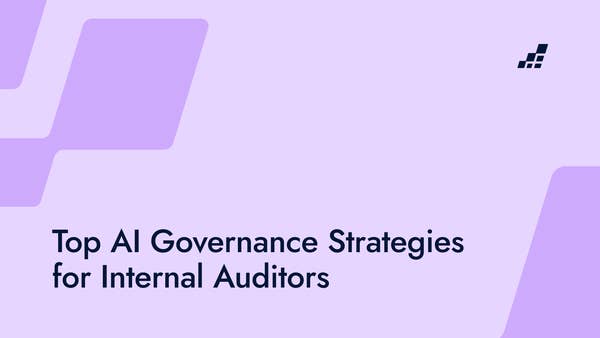- /
- Blog
Turn COSO into Your SOX Superpower
.png?width=1400&quality=90&format=avif&crop=fit)
.png)
In many SOX programs, the COSO Framework is treated like fine print. It's checked off in a matrix, linked to Entity-Level Controls, and promptly forgotten. That’s not what it was built for. The COSO Framework is the operating system of a resilient, auditable, high-functioning SOX 404 program. When used intentionally, it doesn’t just support your controls—it powers them. Here’s how to make COSO more than a compliance checkbox—and embed it into the DNA of your processes.
What COSO Actually Is (And Why It Still Matters)
COSO - short for the Committee of Sponsoring Organizations of the Treadway Commission - was founded to fight corporate fraud. Its Internal Control-Integrated Framework, first published in 1992 and updated in 2013, became the gold standard for SOX compliance. Nearly every public company still uses it today. The Framework consists of five core components:
-> Control Environment
->Risk Assessment
-> Control Activities
-> Information & Communication
-> Monitoring Activities
Underneath these sit 17 principles that define what effective internal control actually looks like. But too often, those principles get listed once and never see the light of day again.
Where COSO Gets Lost: Inside the Process
Once the matrix is built, COSO vanishes. Teams zero in on Control Activities because that’s where audit pressure lives. But the rest? They’re often ignored until something breaks.
Example: Payroll. You may require someone to review changes. Sounds solid.
But if: The reviewer is untrained or overstretched (Principle 4), the data is unreliable (Principle 13), or No one tracks whether the review even happens (Principle 16), then your “control” isn’t a control at all. It’s a line of text in a spreadsheet. COSO won’t tell you what payroll controls to set. But it will help you ask whether your controls are practical, supported, and actually working. That’s the difference between performative compliance and real control.
From Framework to Function
Here’s how to turn the COSO Framework into a daily driver for your SOX program, starting with three underused principles. Principle 4: Commitment to Competence This isn’t an HR box to tick, it’s core to whether your controls work. If the person executing a control doesn’t understand the “why,” lacks training, or is stretched thin, the control is dead on arrival.
Your move:
-> Embed control-specific duties into onboarding and evaluations.
-> Reinforce expectations through training and feedback.
-> Check capacity. Even the best people can’t do everything.
Quarterly, ask: Do our control operators have the skills, clarity, and bandwidth to succeed?
Principle 9: Identification & Assessment of Change
Risk evolves. So must your controls. When org charts shift, new vendors arrive, or systems upgrade—your risk profile shifts too. But most SOX programs wait for the annual risk assessment to react. Don’t. Instead: Monitor change in real time—not once a year. Stay close to departments making changes.
Reassess: Are your controls still fit for purpose?
Principle 12: Policies & Procedures
Too many controls depend on what someone “knows” versus what’s written for them to do. When procedures are vague, outdated, or tribal, consistency breaks down—especially when roles shift.
Great documentation:
-> Reflects how the process runs today not how it ran last year.
-> Spells out what’s expected: evidence, timing, and ownership.
-> Can be followed by a new hire without extra handholding.
Test it: Could someone run the control tomorrow based solely on the doc?
Bringing COSO to Life
COSO is an architecture that helps you shift from “Do we have controls?” to “Are our controls working as designed?” Done right, it brings structure and scalability to your SOX program and resilience to your business. These aren’t one-time tweaks. They’re habits to build into your operations.
Final Word (and a Challenge)
COSO was never meant to be theoretical. It was meant to work, to live in how teams operate, manage risk and make decisions. I regularly break down COSO Principles on LinkedIn, showing how they’re ignored - or activated - in real business processes. And I’ll leave you with the same advice I always share there: COSO Framework | #JustUseIt

.png?width=600&quality=70&format=auto&crop=16%3A9)
